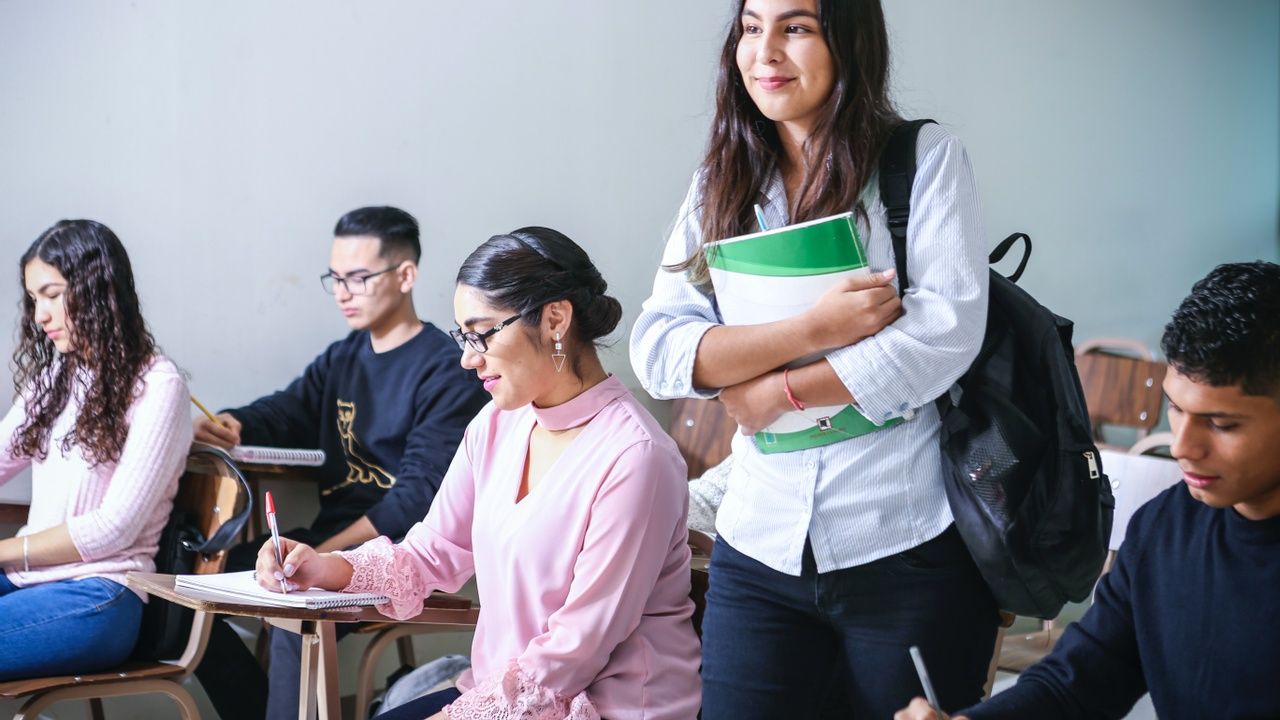Forget the Test: Why Feedback and Iteration Should Replace Traditional Assessment
May 29, 2025
Every teacher has faced the dreaded test day—students tense, pencils tapping, eyes scanning the page for familiar information. And when it’s over? A stack of papers, a mountain of grading, and a snapshot of what a student knew (or guessed) in a single moment.
But what if this isn’t the best way to assess student learning?
What if we moved away from traditional tests and grades as the default method of assessment and embraced something far more powerful—observation, feedback, and iteration?
Why Traditional Tests and Grades Fall Short
Standardized tests, unit exams, and letter grades offer a limited snapshot. They measure how well students perform at a single point in time—but they don’t reflect growth, thinking processes, or real understanding.
Real learning is messy. It involves trial and error, feedback loops, and self-correction—none of which traditional testing captures well.
Feedback: The Cornerstone of Effective Assessment
High-quality feedback goes beyond marking right or wrong answers. It tells students what to improve and how to do it. Effective feedback:
- Clarifies expectations
- Promotes self-reflection
- Builds a growth mindset
- Encourages active revision
Feedback shifts assessment from a score to a learning opportunity.
Iteration: Learning Through Revision and Reflection
Iteration gives students multiple chances to improve. In real life, writers revise, artists sketch, and engineers prototype. Students should do the same.
Embed iteration by:
- Allowing drafts and rewrites
- Providing feedback at milestones
- Encouraging students to reflect on their learning process
This supports long-term retention and mastery learning—goals that traditional grading systems rarely achieve.
Observation: The Most Underrated Form of Assessment
Classroom observation provides real-time insight into:
- Student engagement
- Problem-solving approaches
- Peer collaboration
- Verbal reasoning and questioning
Use checklists or informal notes to track learning moments. Combine these with student-teacher conversations for more meaningful evaluation.
Alternatives to Traditional Assessment
You can build authentic learning experiences by:
- Assigning long-term projects with checkpoints and revisions
- Using learning journals or portfolios to show growth over time
- Scheduling student-teacher conferences for feedback and guidance
- Facilitating peer reviews to build accountability and reflection skills
- Replacing letter grades with rubrics and narrative feedback focused on skills
These tools support mastery over memorization.
From Grading to Growth: A Culture Shift in the Classroom
Grading often stops learning—students see it as the end. But with a feedback and iteration approach, learning is ongoing. Students understand that they can always get better.
Assessment becomes a conversation—not a conclusion.
Final Word: Redefining What Success Looks Like
Assessment should empower students, not label them. Feedback and iteration build resilience, curiosity, and deeper understanding. It's time to:
- Rethink our grading systems
- Minimize test-based pressure
- Center learning around growth
When we redefine assessment, we reshape learning—and student success follows.
Want more ideas? Check out:






